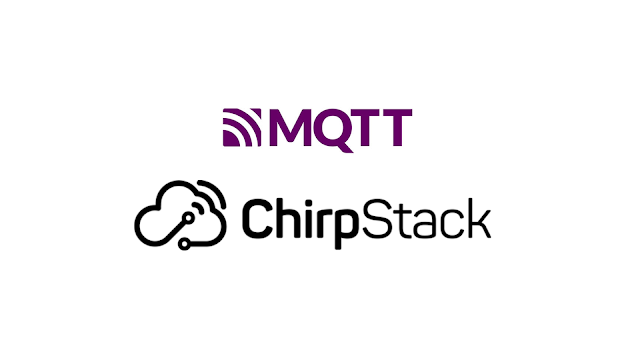MQTT - ChirpStack open-source LoRaWAN® Network
ChirpStack is an open-source LoRaWAN Network Server that provides components for building LoRaWAN networks. It includes a Network Server, Gateway Bridge, and Application Server. If you're interested in MQTT integration with ChirpStack, you may want to connect your devices and applications using MQTT, a lightweight messaging protocol.
Here's a general outline of how MQTT can be used with ChirpStack:
ChirpStack Configuration:
- Ensure that ChirpStack is properly installed and configured.
- Make sure that your devices and applications are set up within ChirpStack.
MQTT Broker Configuration:
- ChirpStack typically supports connecting to an MQTT broker for communication. You need to have an MQTT broker installed and configured.
- Common MQTT brokers include Mosquitto, RabbitMQ, and others.
The MQTT integration publishes all the data it receives from the devices as
JSON over MQTT. To receive data from your device, you therefore need to
subscribe to its MQTT topic.
Common MQTT topics in ChirpStack include:
Application-specific topics:
- All events for a specific APPLICATION_ID: `application/APPLICATION_ID/#`
- Uplink events for any device within a specific APPLICATION_ID: `application/APPLICATION_ID/device/+/event/up`
General application topics:
- All application events: `application/#`
Gateway-specific topics:
- Uplink events for any gateway: `gateway/+/event/up`
Note: Use "+" for a single-level wildcard, "#" for a multi-level wildcard.


Comments
Post a Comment